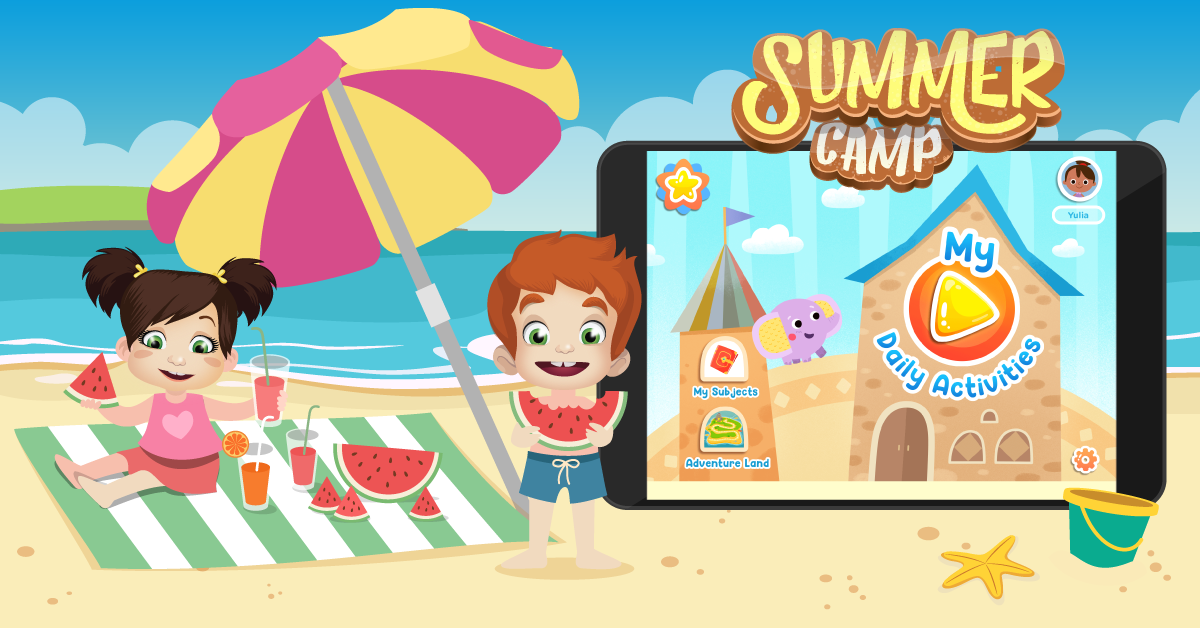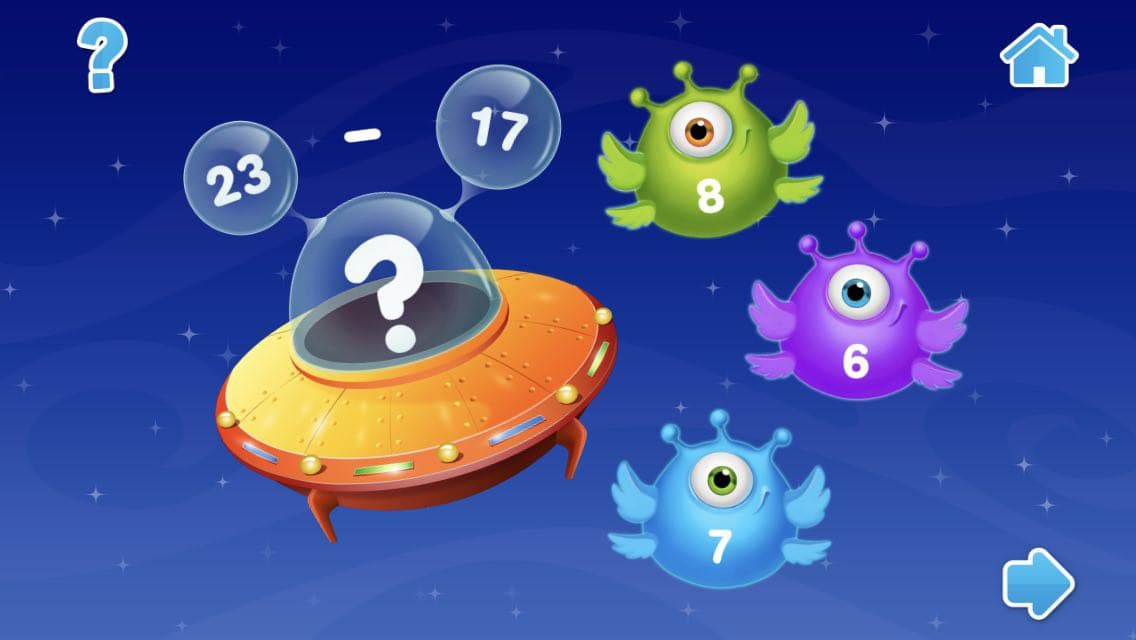A Comprehensive Guide to Guided Reading for Parents and Teachers
April 19, 2019
Over the past few decades, the educational landscape has changed quite a bit. Teaching strategies and buzzwords in education have come and gone, but ever since the late 90’s, when prominent teaching experts Gay Su Pinnell and Irene Fountas developed the Guided Reading Levels system for teaching reading, schools around the world have converted to this popular program.

Better known simply as guided reading, classroom teachers might at first find the idea of implementing such a huge and focused system daunting. When teaching something as critical to a child’s learning and development as reading, educators want to ensure that the strategies they use are highly effective and worth their student’s while. What’s more is that parents today, largely unfamiliar with the system itself, might struggle to find strategies to support it at home. How can a parent be sure they are using the most effective techniques to continue the learning taking place at school?
Luckily, while implementing a guided reading program both at home and in the classroom takes a bit of forethought and planning, it’s a snap to do once you master the concept and find the right books! Let’s discover more about this effective learning system before finding specific tried and tested strategies to use at school or at home!
What is Guided Reading and How Does it Work?
As class sizes keep getting larger, it goes without saying that the students in every class have a diverse set of knowledge, experiences, and varying educational needs. So how do teachers meet the needs of their students when their classes are comprised of kids on different reading levels? The answer is simple: an effective guided reading system.
The strategy is fairly straightforward. Within their class, educators identify each student’s individual guided reading levels, while forming a sense of each student’s strengths and weaknesses when it comes to decoding words and reading comprehension. Teachers are then able to group kids who have similar abilities and needs to meet with these small groups while others in the classroom are working individually at literacy centers.
To identify a child’s current reading abilities, teachers use a level chart created by Fountas and Pinnell. The chart has two columns that consist of a recommended grade level that corresponds to one or more letters on the scale. The Fountas and Pinnell scale runs from A-Z, with A being the lowest level, and Z being the highest. Targeted books are assigned a level that corresponds to a student’s current reading level. These leveled readers are designed to fit right in the center of a child’s wheelhouse, allowing them to experience success while still providing a challenge that nudges the learner forward.
Unlike in high school English, where a teacher selects a classic novel to focus instruction around, the goal of guided reading is not simply to master the book itself. While comprehension and critical analysis are indeed important, young learners must continue to build fluency. Therefore, the learning intention is for kids to utilize a number of strategies for tackling any text. The right selections, combined with close teacher guidance, moves children forward as they work through the levels.
During a teacher’s small group work session, other students in the classroom can use the strategies they already know to participate in independent reading or while working collaboratively in literacy centers. As you can probably tell, this system is one that works wonders by allowing educators to meet with students in manageable groups to give individualized support, meeting the needs of all students in class!
So how does a teacher get started with guided reading in the classroom, and what can parents do to continue their child’s successful learning at home? Below you’ll find steps, strategies, and tips to bolster effective literacy instruction both during and after school.
Steps to Implement Guided Reading in the Classroom
Spring is a great time to start planning for the next school year! If you’re new to teaching or are changing grade levels for the upcoming year, follow the guided reading steps below to plan your program:
Shift from pedagogy to practice with the Talented and Gifted app from Kids Academy! We know just what your students need to support budding reading and comprehension skills. Give it a try for free for the first 30 days!
Identify Your Student’s Needs
Each year teachers are given a new set of kids with a whole new set of academic abilities and needs. The very first step is to know where each individual falls on the scale, and each student’s strengths and weaknesses. To get started, plan some one-on-one time with each student early in the September. To do this, be sure to have time allotted for students to explore books or topics in learning centers around the room. Get to know each child and administer an assessment. Many schools still use the Developmental Reading Assessment (DRA) to determine a student’s reading level.
Set Your Lesson's Objective
What strategies do you want your kids to prioritize while reading? Make the techniques you want your students to use your objective for each session. For instance, while working with kindergarten students, your objective might be for children to use picture cues to help read words. Here are some other useful strategies to focus on while working with kids from beginners through 3rd grade:
- Recognizing sight words
- Utilizing prior knowledge on a topic or subject
- Reading print from left to right
- Using pointers
- Identify and label story or plot elements
- Making predictions
- Story sequencing
- Retelling or summarizing a main idea
Once you determine the objective, plan activities and choose books that support it.
Match the Right Text to the Right Learners
It might seem obvious but selecting the right readings can actually be a tricky task. When looking for leveled books, look at them beforehand to make sure the text is not too easy or too hard for the group you’ll be working with. By getting to know your students, you can pick titles that are interesting to a particular group. Further, it should offer enough of a challenge to support problem solving and promote the usage of techniques to read and decode words, while still supporting fluency and bolstering confidence.
Plan Activities Before, During, and After Reading
Lesson plans for guided reading should always include activities! When meeting with a group, allow for at least 20 to 30 minutes of time to not only read the book, but to frontload before beginning, use strategies throughout, and to complete activities to review afterwards.
Try the following lesson ideas for guided reading activities:
- Frontload by choosing a topic your students know and love!
- Host a tea party! Using the Tea Party Protocol created by Kyleen Beers, preview a book before students read it by providing snippets on strips of paper and allowing students to collaborate with others to make guesses as to what it’s about. For younger children, make photo copies of the illustrations and have kids predict what happens in the story. Incorporate this idea into a literacy center for small groups to work together.
- Model reading aloud while students read along. Next, have students read and offer support as needed while making notes for the next lesson.
Tips to Support Guided Reading at Home
As a parent, you might be wondering how you can support your child’s learning without undoing the progress made at school. If you homeschool your child, it’s a no brainer—simply utilize the strategies laid out above. But if you simply want to supplement your child’s literacy lessons, try these tips:
Support your little learner’s guided reading activities with quality learning resources from Kids Academy! Subscribe today and for a limited time get our renowned Talented and Gifted app for just 49.99!
Ask the Teacher for Guidance
“Easy Readers” at the public library don’t necessarily match your teacher’s level chart. In some cases, the teacher may allow kids to borrow from the classroom library or can reserve books with the help of the school librarian. At the very least, the teacher could direct you to where the appropriate readings could be purchased.
Visit the Fountas and Pinnell Leveled Books Website
Go straight to the source to find a database of titles for leveled readers! While on the site, you can search for nearly 70,000 books from hundreds of different publishers that will meet your child’s needs.
Help your Child Read Pictures and Find Patterns
Begin reading with your child nightly with an objective in mind, just like in the tips discussed above! Focus on a strategy, like helping kids use picture cues to problem solve while reading. Many leveled texts contain patterns that children can uncover simply by viewing the text. For instance, level A and B books use a pattern of words and phrases that are repeated to help kids learn to recognize sight words. For example, a it might say, I like to eat peaches. I like to play softball. Sara likes to… and etc. In doing so, the text repeats common sight words, like “like” and “to”.
Even so, it doesn’t have to be confusing or difficult for teachers, parents, or students alike. Follow the tips given above to inspire your child to become a skilled and lifelong reader!











